Lisbon is an amazing city where history, art, and culture thrive, and its diverse museums are a testament to that. Whether you’re an art lover, a history enthusiast, or someone looking to explore something unique, Lisbon has a museum for every interest. From the National Tile Museum to the Calouste Gulbenkian Museum, here’s a guide to the best museums in Lisbon that you shouldn’t miss.
Key Takeaways
- Calouste Gulbenkian Museum: A world-class museum featuring over 6,000 pieces from ancient Egypt to modern European art.
- MAAT: A striking museum in Belém that blends contemporary art, architecture, and technology, offering a rooftop terrace with river views.
- National Tile Museum: Showcases Portugal’s iconic azulejos, tracing the history of ceramic tiles from the 16th century onward.
- Fado Museum: Located in Alfama, it celebrates Portugal’s traditional fado music with interactive exhibits and live performances.
- Lisboa Story Centre: An immersive, multimedia museum that chronicles Lisbon’s history, including the 1755 earthquake.
What are the best museums to visit in Lisbon?
The best museums to visit in Lisbon include the Calouste Gulbenkian Museum, which features over 6,000 works spanning ancient Egyptian artifacts to modern European art, and the MAAT, which showcases contemporary art and architecture along the Tagus River. Don’t miss the National Tile Museum for a deep dive into Portugal’s iconic azulejos, and the Fado Museum in Alfama, which celebrates the traditional Portuguese music style.
Top 10 Must-See Best Museums in Lisbon
1. Calouste Gulbenkian Museum
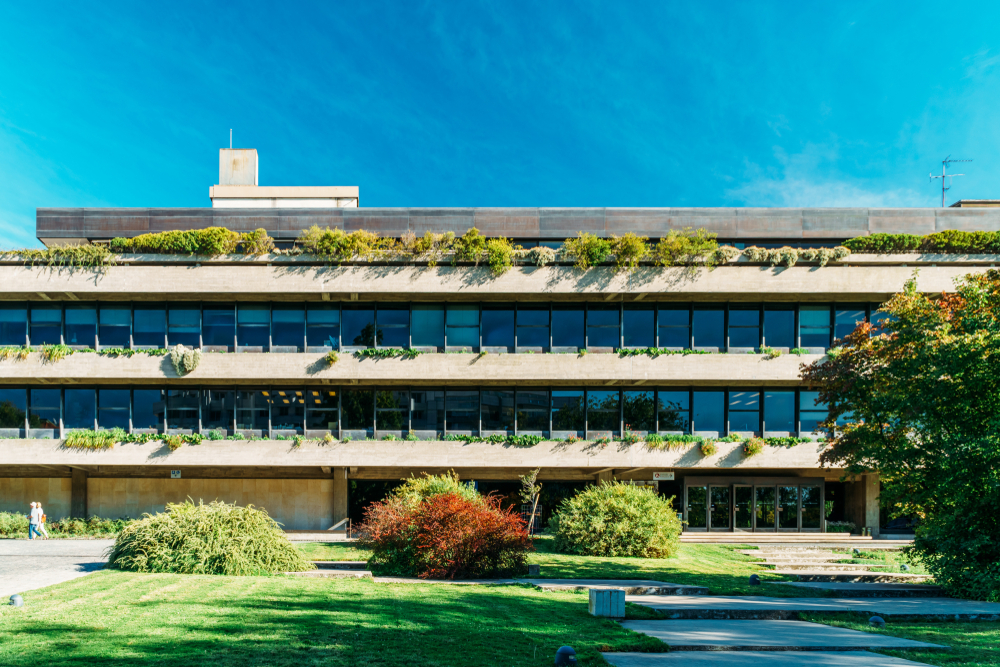
The Calouste Gulbenkian Museum is often considered one of Europe’s finest art museums. Its vast collection, spanning over 6,000 pieces, includes art from ancient Egypt, Islamic civilizations, and renowned European artists like Monet, Rembrandt, and Lalique. The museum is divided into two main collections: the Founder’s Collection, featuring masterpieces from around the world, and the Modern Collection, showcasing 20th-century Portuguese art.
Tip: After exploring the museum, take a stroll through the tranquil Gulbenkian Gardens—a perfect spot to unwind after a day of culture.
2. MAAT – Museum of Art, Architecture, and Technology
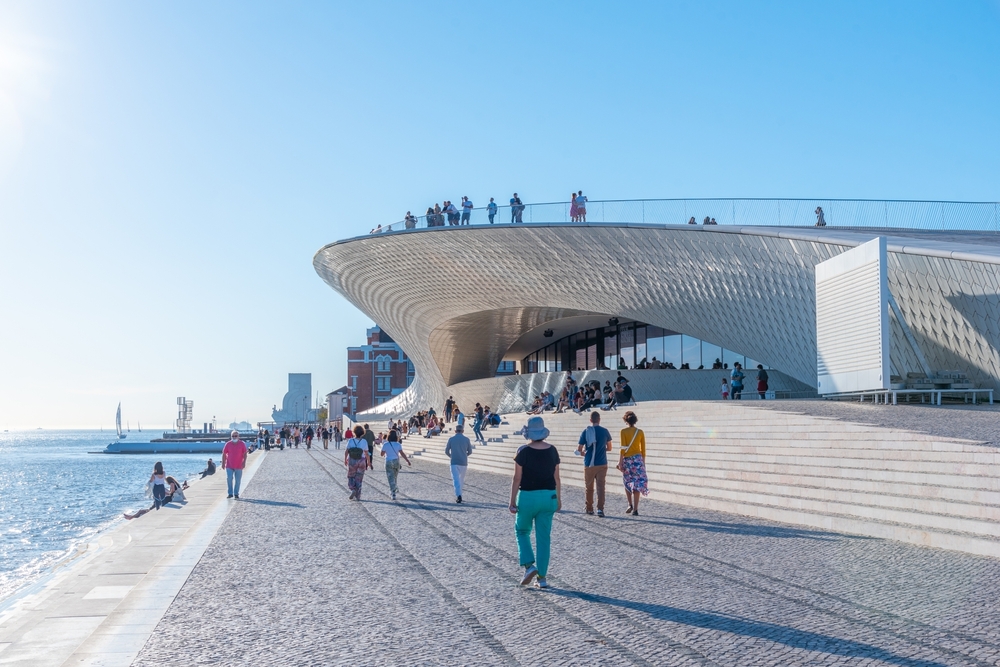
Located along the Tagus River in Belém, the MAAT is one of Lisbon’s most visually striking museums. The museum’s futuristic building, which mirrors the waves of the river, is an attraction in itself. Inside, rotating exhibits blend contemporary art, architecture, and technology, offering a fresh perspective on modern creativity.
Must-See: Don’t miss the rooftop terrace, which provides stunning views of Lisbon’s riverside, especially at sunset.
3. National Tile Museum
A visit to Lisbon would not be complete without seeing its iconic azulejos (ceramic tiles), and there’s no better place to do this than at the National Tile Museum. Housed in the historic Convent of Madre de Deus, the museum traces the evolution of tile art from the 16th century to modern times. Its vast collection includes everything from intricate decorative patterns to grand narrative panels.
Highlight: The panoramic tile panel of Lisbon before the 1755 earthquake is a masterpiece you can’t miss.
4. Fado Museum
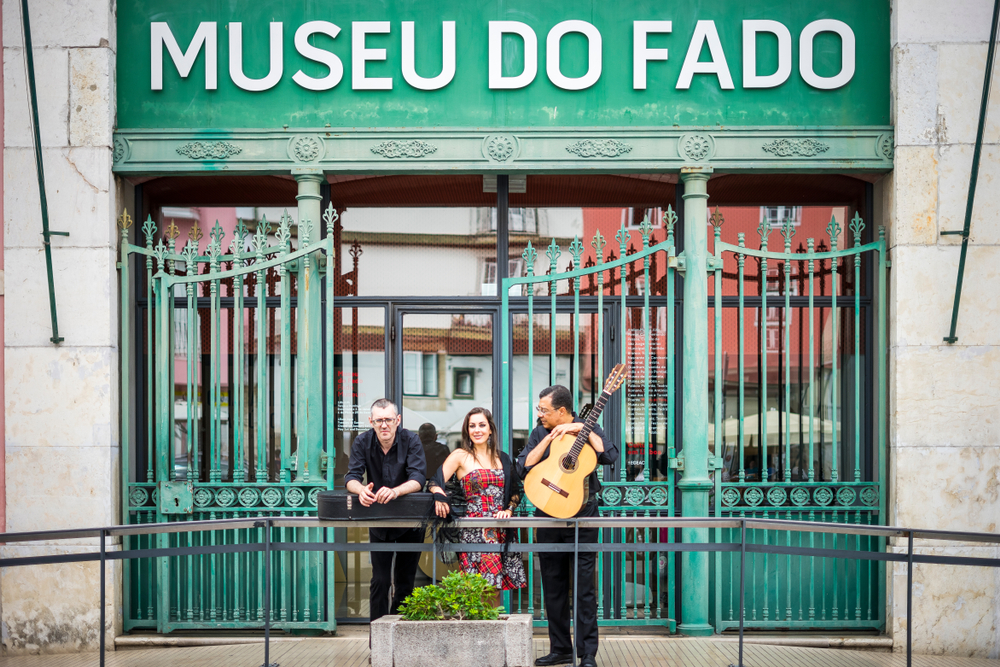
Located in Alfama, the Fado Museum celebrates the soulful music of Portugal, which is now recognized by UNESCO as part of the world’s intangible cultural heritage. The museum’s exhibits include audiovisual displays, musical instruments, and archives of famous fado singers. Visitors can dive deep into the emotion of saudade, a uniquely Portuguese sentiment often expressed through fado music shows.
Bonus: On weekends, you can catch live fado performances in the museum’s cozy café.
5. Lisboa Story Centre
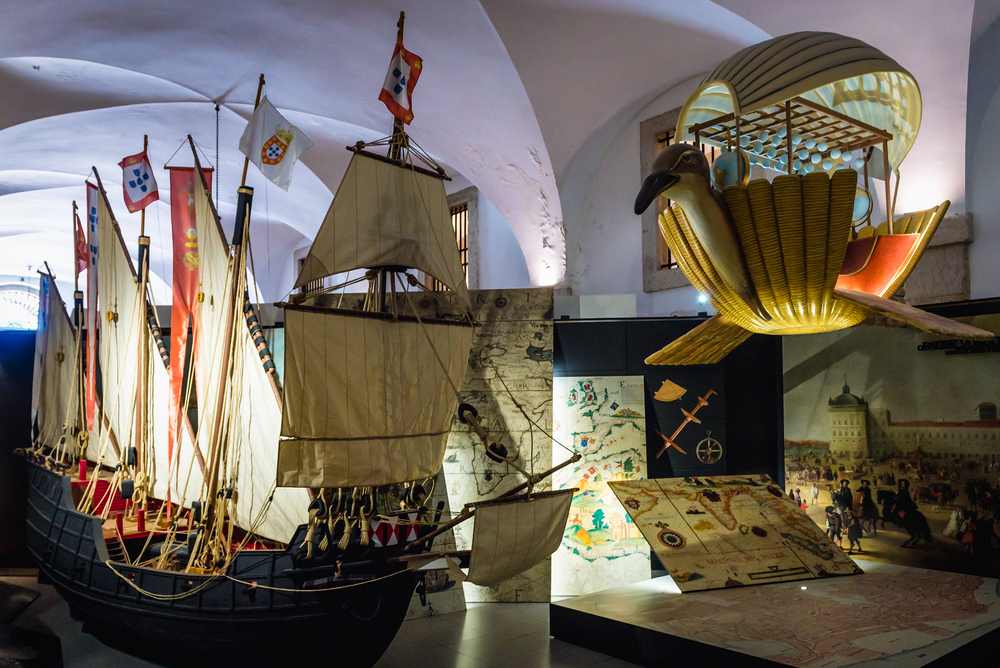
For an interactive look at Lisbon’s history, the Lisboa Story Centre is the place to visit. Located in Praça do Comércio, this multimedia museum tells the story of Lisbon from its foundation through to the devastation of the 1755 earthquake. Through models, videos, and interactive displays, visitors can explore the city’s history in an engaging and immersive way.
Family-Friendly: Great for kids and adults alike, the museum offers audio guides and easy-to-follow exhibits that bring history to life.
6. National Coach Museum
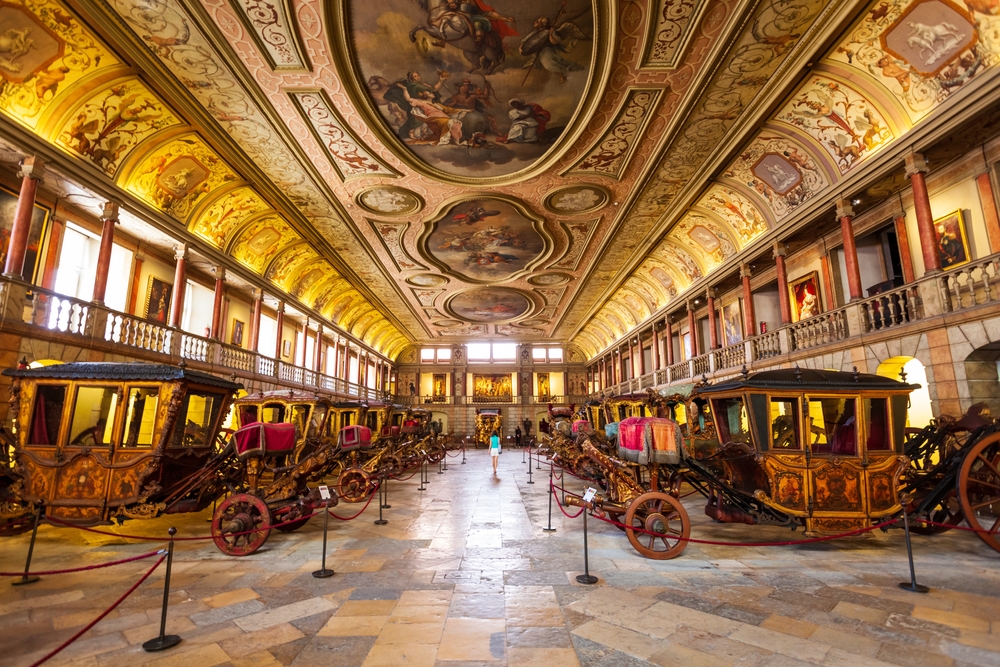
The National Coach Museum, located in Belém, houses one of the largest collections of royal carriages in the world. Visitors can admire the ornate carriages used by Portuguese royalty from the 16th to the 19th centuries, showcasing the craftsmanship and opulence of the time.
Insider Tip: The museum’s new building features more of the collection, so be sure to visit both the old and new exhibition spaces.
7. Museum of Contemporary Art (MAC/CCB)
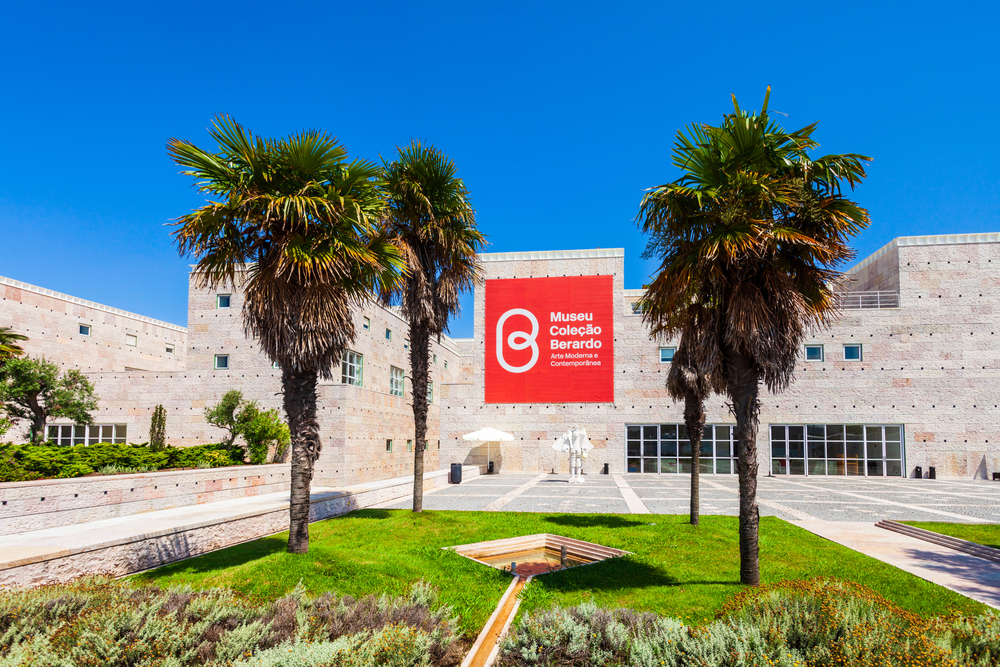
For lovers of modern art, the Museum of Contemporary Art in the Centro Cultural de Belém is a must-see. The museum focuses on Portuguese art from the 20th century and beyond, showcasing various styles, including naturalism, surrealism, and abstract expressionism.
Best Time to Visit: Check for temporary exhibitions and events, as the museum frequently hosts contemporary art shows and cultural events.
8. Money Museum
The Money Museum is one of Lisbon’s most unique attractions, housed in a restored Baroque building. The museum explores the history of currency around the world, with fascinating exhibits such as ancient coins and a gold bar that visitors can hold.
Fun Fact: You can also print your own personalized currency note as a souvenir of your visit.
9. Aljube Museum
Once a notorious prison, the Aljube Museum now serves as a memorial to the political prisoners who fought against Portugal’s 20th-century fascist regime. The exhibits explore the country’s fight for freedom and democracy, showcasing the stories of those who resisted authoritarianism.
Tip: Head to the rooftop for panoramic views of the Lisbon Cathedral and the Tagus River.
10. Water Museum
The Water Museum takes visitors through the fascinating history of water distribution in Lisbon. Its four branches include the 18th-century Águas Livres Aqueduct, one of the world’s most remarkable hydraulic engineering structures. Visitors can walk along the aqueduct’s stone arches and learn about Lisbon’s water supply system over the centuries.
Don’t Miss: The chance to walk over the aqueduct for spectacular views of Lisbon.
Get Your Lisbon Museums Skip-the-Line Tickets by MegaPass
Make your exploration of Lisbon’s top museums seamless with the Lisbon MegaPass, which offers skip-the-line access to many of the city’s must-see museums. With the MegaPass, you can bypass long queues at popular spots like the Calouste Gulbenkian Museum, MAAT, and the National Tile Museum, allowing you to spend more time enjoying the exhibits instead of waiting in line.
The MegaPass also includes unlimited use of public transport, making it easy to travel between museums. This pass is perfect for maximizing your time in Lisbon and ensuring you don’t miss out on any cultural experiences. Whether you’re planning a short visit or an extended stay, the MegaPass provides flexibility and convenience for museum lovers.
Key Benefits of the MegaPass:
- Skip-the-line entry to Lisbon’s top museums
- Unlimited access to public transportation (metro, buses, trams)
- Discounts on additional attractions and guided tours
- Saves time and money for a stress-free experience
FAQs
What are the must-see museums in Lisbon?
Must-see museums in Lisbon include the Calouste Gulbenkian Museum for its diverse art collection, the National Tile Museum for Portugal’s iconic azulejos, and the MAAT for contemporary art and architecture. These museums showcase Lisbon’s rich history, art, and culture, offering something for every interest.
How much does it cost to visit Lisbon’s museums?
Museum entry fees in Lisbon vary, with major attractions like the Calouste Gulbenkian Museum costing around €10, while smaller museums like the National Tile Museum charge €5. Some museums offer free entry on certain days, such as the first Sunday of each month. Check individual museum websites for details.
Where is the Calouste Gulbenkian Museum located?
The Calouste Gulbenkian Museum is located at Av. de Berna 45A, in Lisbon’s Avenidas Novas district. It’s easily accessible via public transport, with the São Sebastião and Praça de Espanha metro stations nearby. The museum is renowned for its art collection spanning thousands of years and its tranquil gardens.
Why is the National Tile Museum important?
The National Tile Museum is significant because it highlights Portugal’s long history of azulejos (ceramic tiles), an essential part of Portuguese architecture and culture. The museum is housed in the Convent of Madre de Deus, making it both a historical and artistic landmark.
How long should I spend at the MAAT?
A visit to the MAAT typically takes about 1-2 hours. This allows enough time to explore the rotating exhibits, which blend art, architecture, and technology. Be sure to also visit the rooftop terrace for stunning views of the Tagus River and Lisbon’s skyline.
What is the best time to visit Lisbon’s museums?
The best time to visit Lisbon’s museums is during the spring (April-May) or autumn (September-October). These seasons offer pleasant weather and fewer crowds, allowing you to fully enjoy the exhibits. Some museums also have extended evening hours during the summer.
Will I need to book tickets in advance for Lisbon’s museums?
It’s recommended to book tickets in advance for popular museums like the Calouste Gulbenkian Museum and MAAT, especially during peak tourist seasons. Pre-booking allows you to skip lines and ensures entry on busy days. Smaller museums, like the Fado Museum, generally don’t require advance booking.
Where can I learn about Fado music in Lisbon?
The best place to learn about Fado music is the Fado Museum, located in Lisbon’s Alfama district. The museum showcases the history of fado, its most famous singers, and the instruments used in performances. Visitors can also catch live fado performances on select days.
What are the best museums for art lovers in Lisbon?
For art lovers, Lisbon offers the Calouste Gulbenkian Museum for classical and modern works, the Museum of Contemporary Art (MAC/CCB) for 20th-century Portuguese art, and the MAAT for contemporary art and technology. These museums highlight both international masterpieces and Portugal’s artistic heritage.
How can I get to the National Coach Museum in Lisbon?
The National Coach Museum is located in Belém, easily reachable by tram (route 15E) or bus. The museum is home to a large collection of royal carriages, showcasing the opulence of Portugal’s monarchy and providing a unique glimpse into European history.
Conclusion
From ancient history to modern art, Lisbon’s museums offer a rich tapestry of culture and creativity. Whether you’re strolling through the Calouste Gulbenkian Museum or diving into the city’s past at the Lisboa Story Centre, these museums will enrich your understanding of Portugal’s history and artistic achievements. Book your Lisbon skip-the-lines tickets now to skip the lines and make the most of your time exploring Lisbon’s cultural gems!
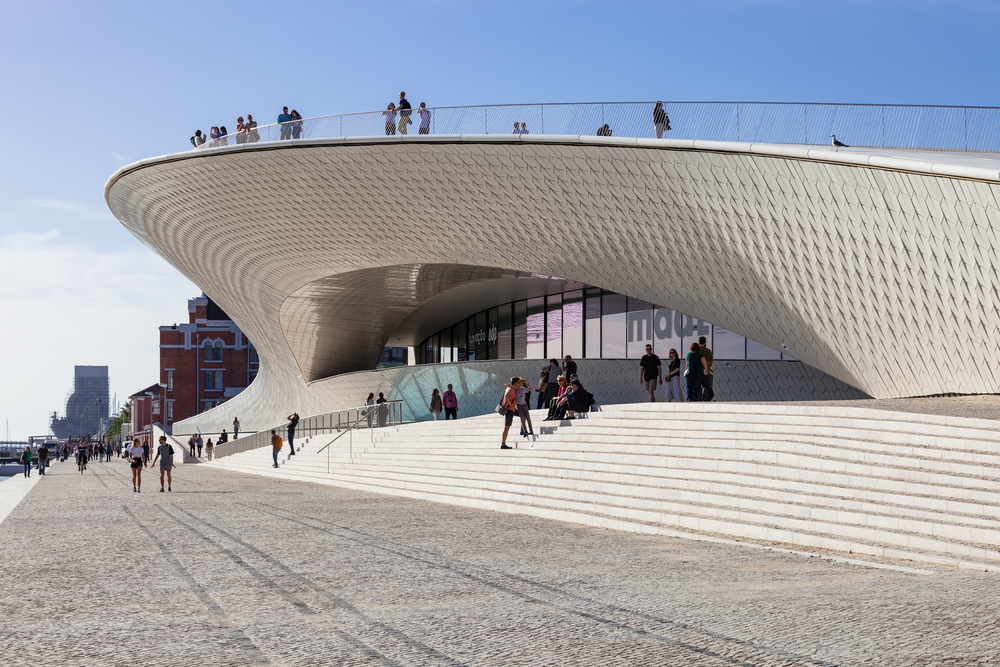
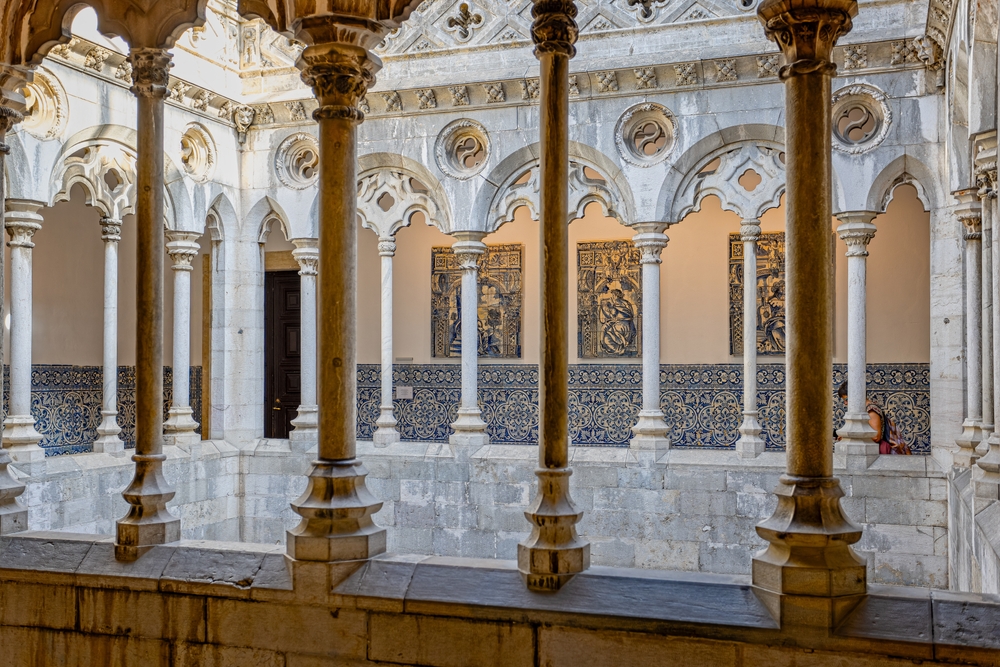
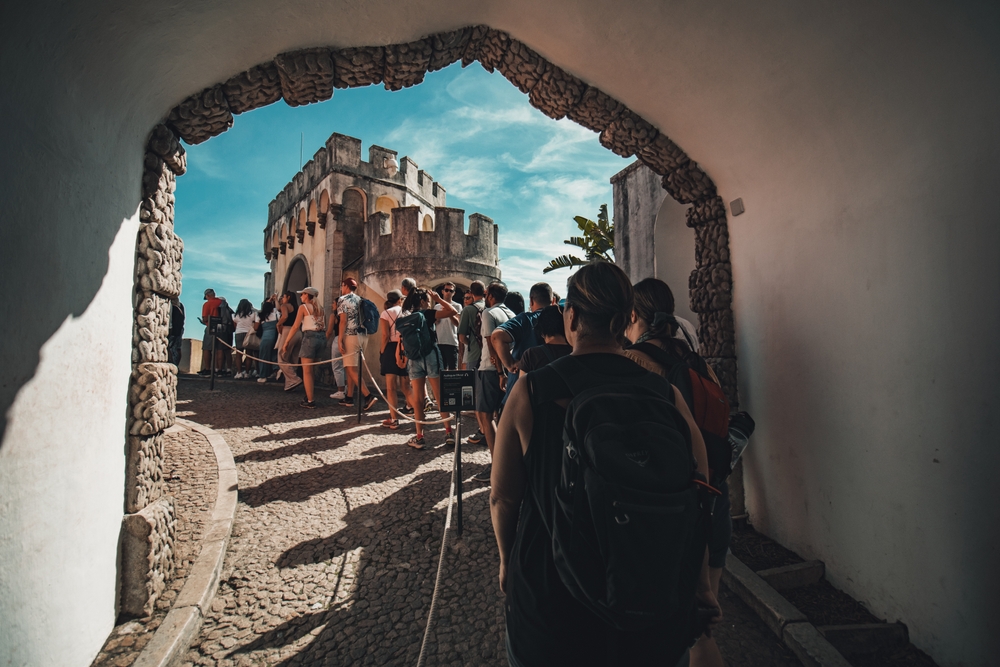
Leave a Reply